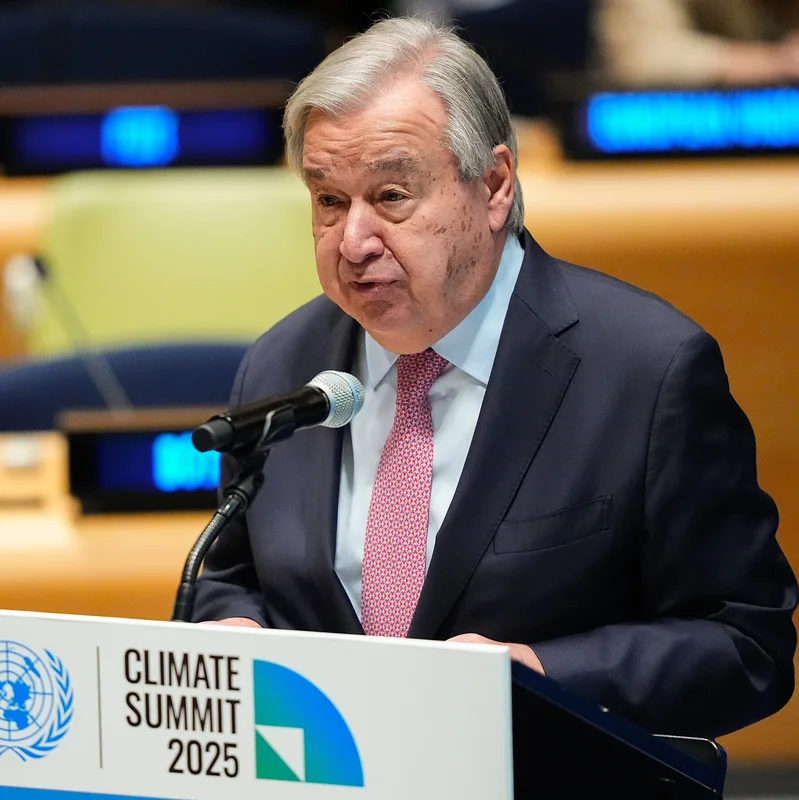China’s Solar Giant is rising where the air is thin and the sun shines brightest—on the Tibetan Plateau, nearly 10,000 feet above sea level. In a bold and unprecedented move, China has blanketed 162 square miles of alpine desert with solar panels, creating the largest solar installation on Earth: the Talatan Solar Park .
Table of Contents
- The World’s Largest Solar Farm
- Why the Tibetan Plateau?
- An Integrated Clean Energy Ecosystem
- Global Implications of China’s Green Push
- Powering AI and Beyond
- Conclusion: A New Energy Era
The World’s Largest Solar Farm
Located in Gonghe County, Qinghai Province, the Talatan Solar Park covers an area seven times the size of Manhattan. Satellite imagery shows an almost surreal landscape—endless rows of photovoltaic panels stretching to the horizon across a high-altitude desert once known only for its nomadic herders and stark beauty .
For perspective:
- Talatan Solar Park: 162 square miles (420 km²)
- Manhattan: ~23 square miles
- Previous largest solar complex (Bhadla, India): ~57 square miles
Why the Tibetan Plateau?
The choice of location isn’t random. At nearly 10,000 feet elevation, the atmosphere is thinner, allowing more intense solar radiation to reach the Earth’s surface. Cold temperatures also improve solar panel efficiency—a rare combination that makes this remote region one of the planet’s most effective solar power zones .
An Integrated Clean Energy Ecosystem
China isn’t just betting on solar. The Tibetan Plateau now hosts a fully integrated renewable energy network:
- Solar farms: Daytime power generation at massive scale.
- Wind turbines: Strategically placed along ridgelines to capture strong night breezes, balancing the solar output.
- Hydropower dams: Built where rivers cascade down steep gorges at the plateau’s edge.
- Ultra-high-voltage transmission lines: Carry clean electricity over 1,000 miles to China’s industrial heartlands and megacities.
This synergy ensures a stable, 24/7 renewable energy supply—something critics once claimed was impossible without fossil fuel backup.
Global Implications of China’s Green Push
At the United Nations last month, President Xi Jinping made a landmark announcement: China will cut greenhouse gas emissions economy-wide and expand its renewable capacity sixfold in the coming years . This is a seismic shift from the world’s largest current emitter.
While the U.S. under a potential Trump administration appears to be doubling down on fossil fuel exports, China is positioning itself as the global supplier of solar panels, wind turbines, batteries, and electric vehicles—cornerstones of the clean energy economy.
Powering AI and Beyond
Interestingly, much of this clean power isn’t just lighting homes—it’s fueling China’s next technological frontier. Data centers supporting the nation’s booming artificial intelligence sector are being built directly on or near the plateau, taking advantage of cheap, abundant, and green electricity .
This strategic alignment of renewable energy and high-tech industry could give China a significant edge in the global AI race, where energy consumption is a major bottleneck.
Conclusion: A New Energy Era
China’s investment on the Tibetan Plateau is more than an engineering marvel—it’s a declaration of intent. By harnessing the unique geography of one of Earth’s most extreme environments, China is not only meeting its domestic energy needs but also reshaping the future of global clean tech.



